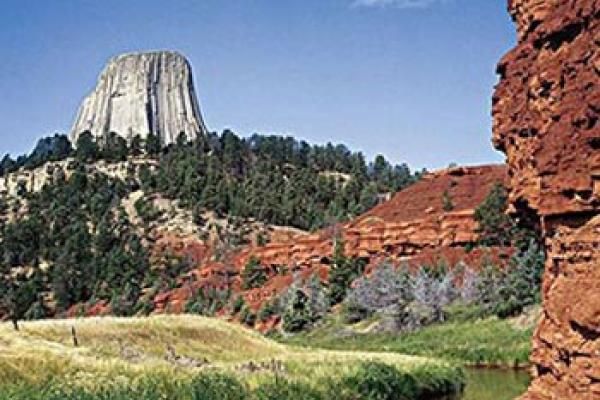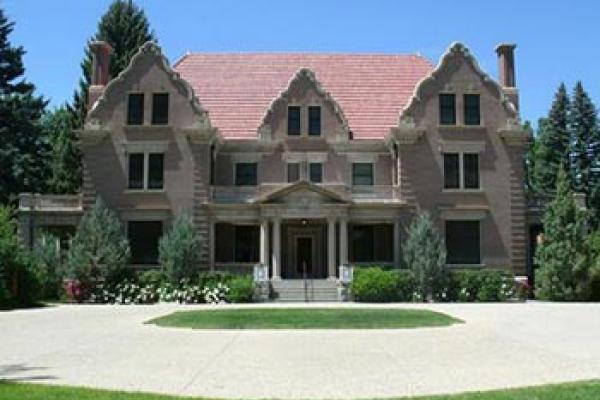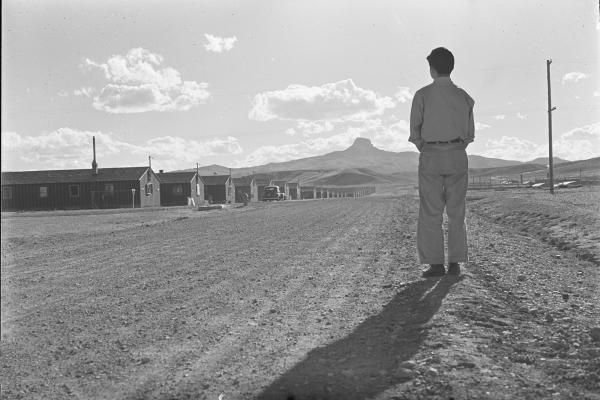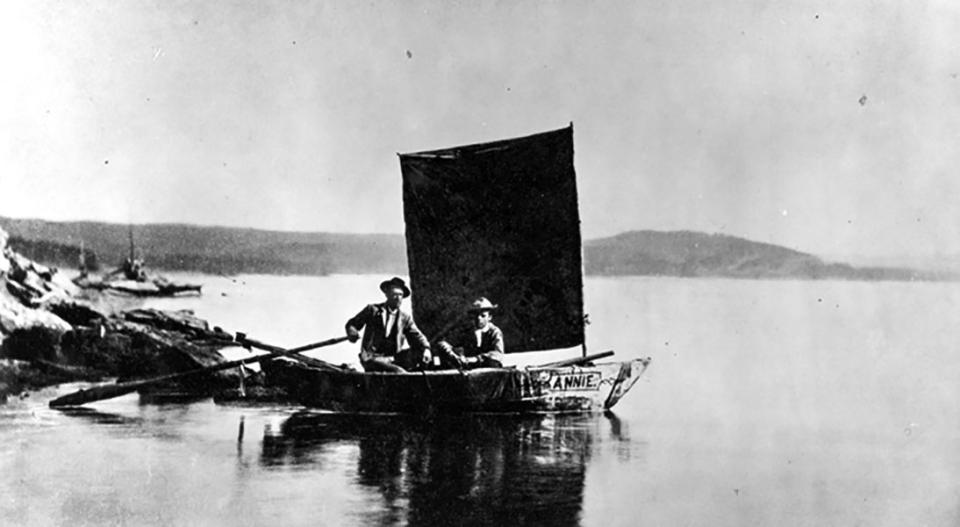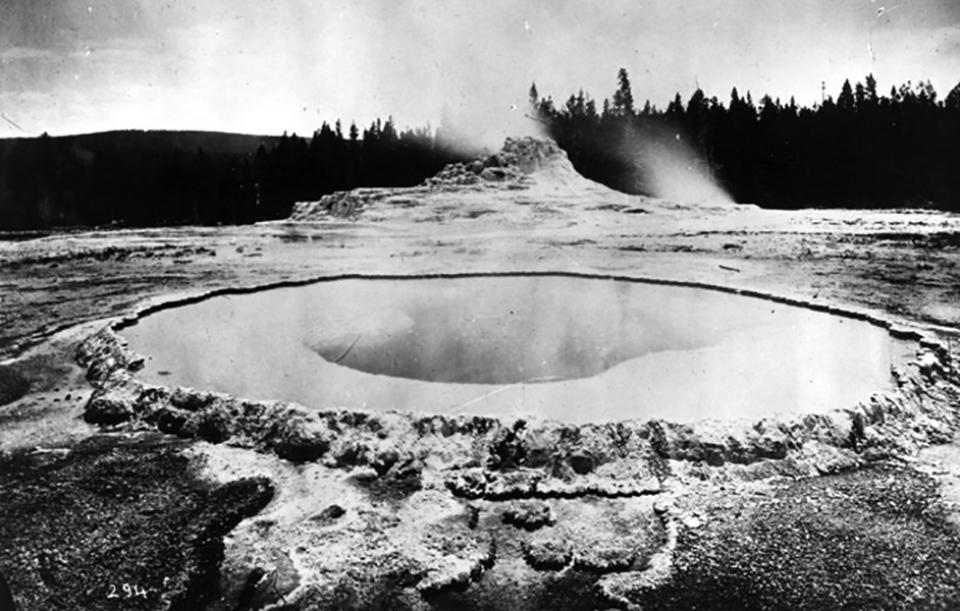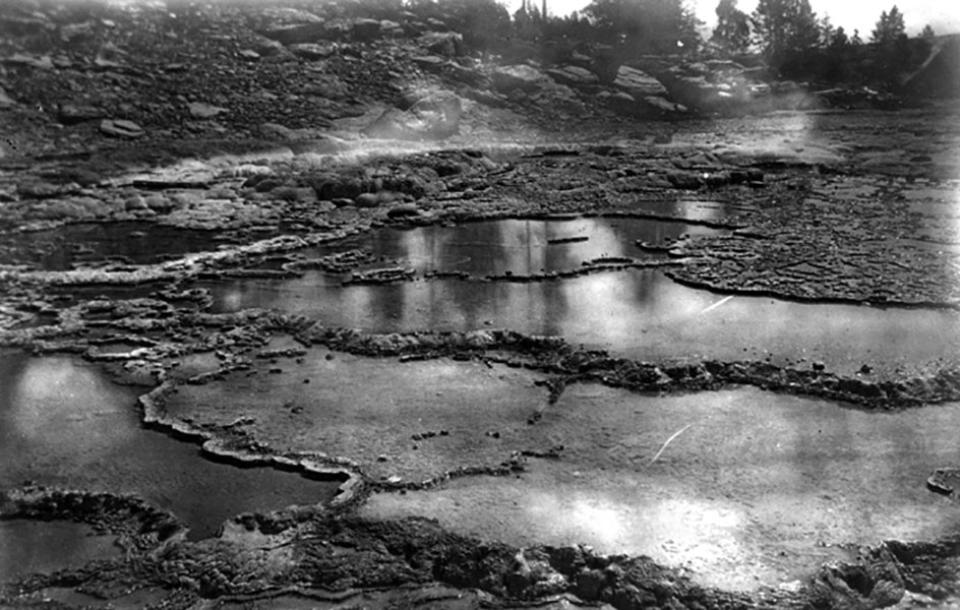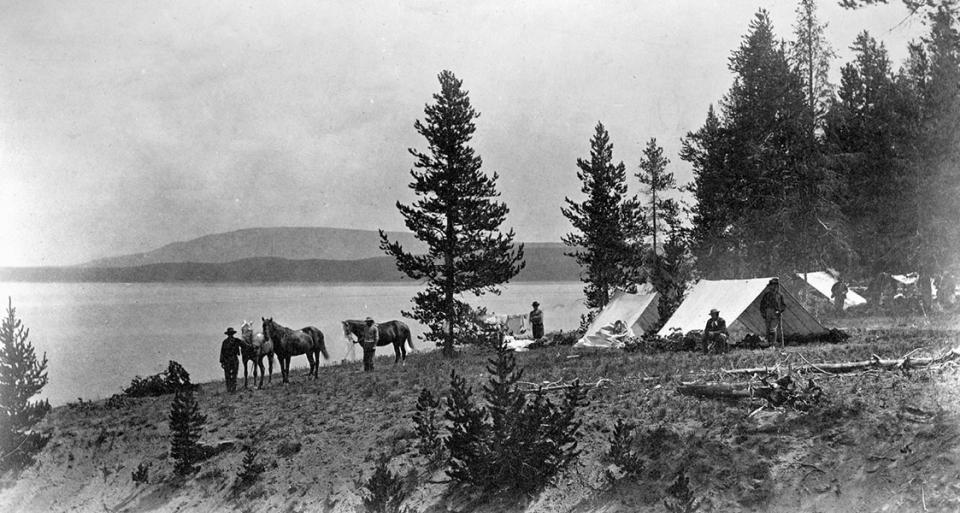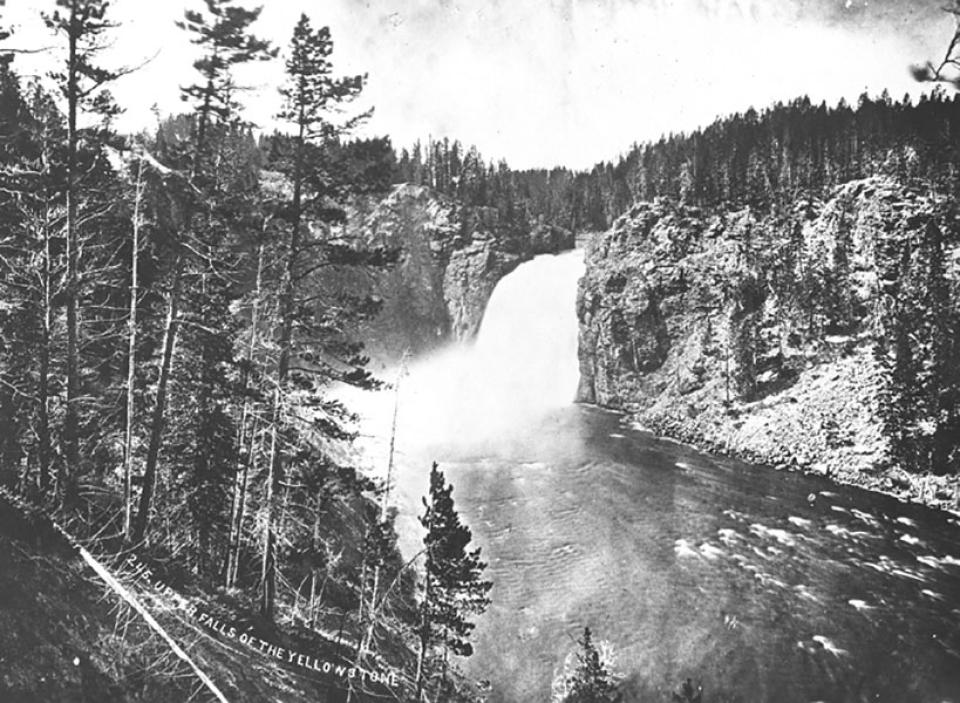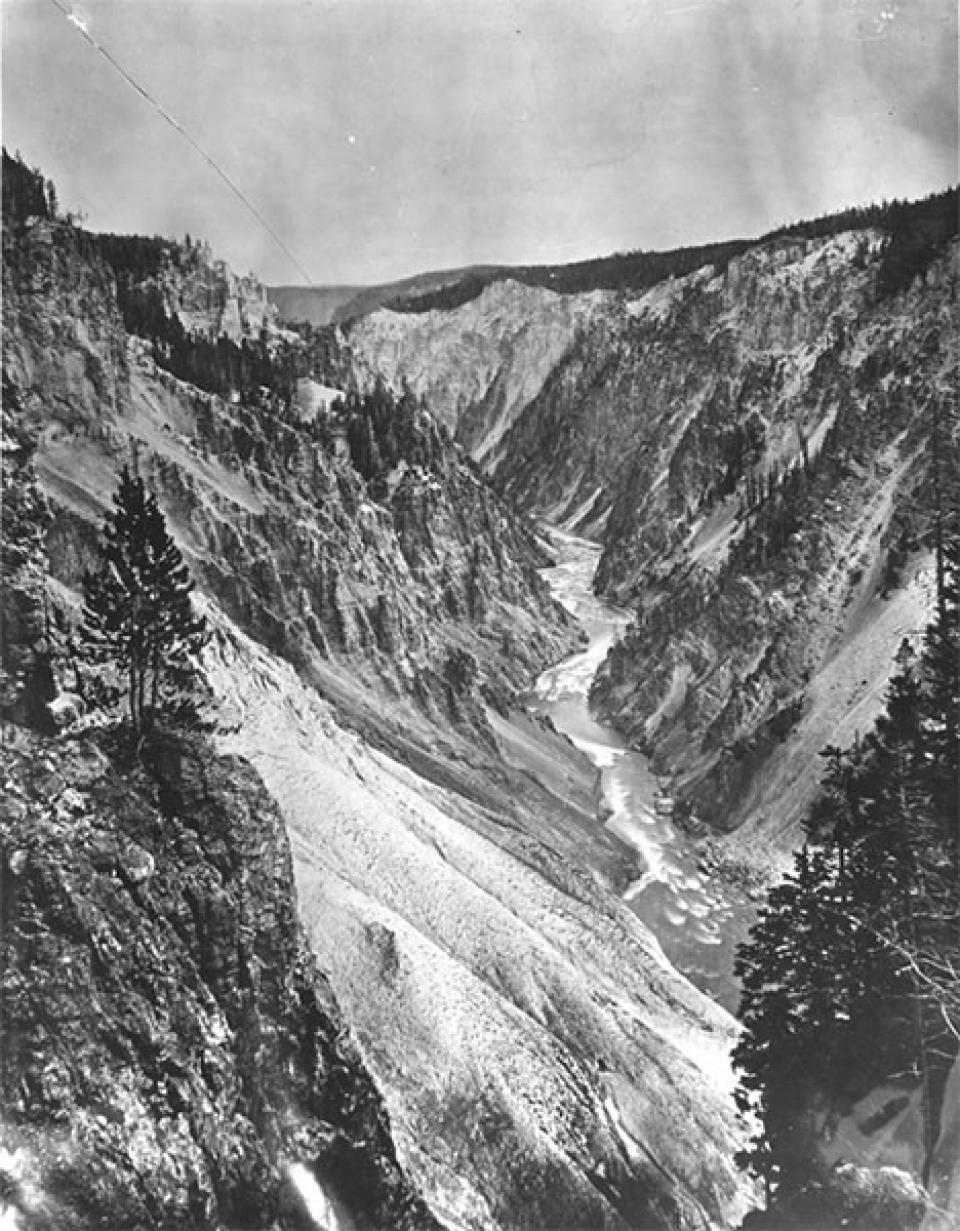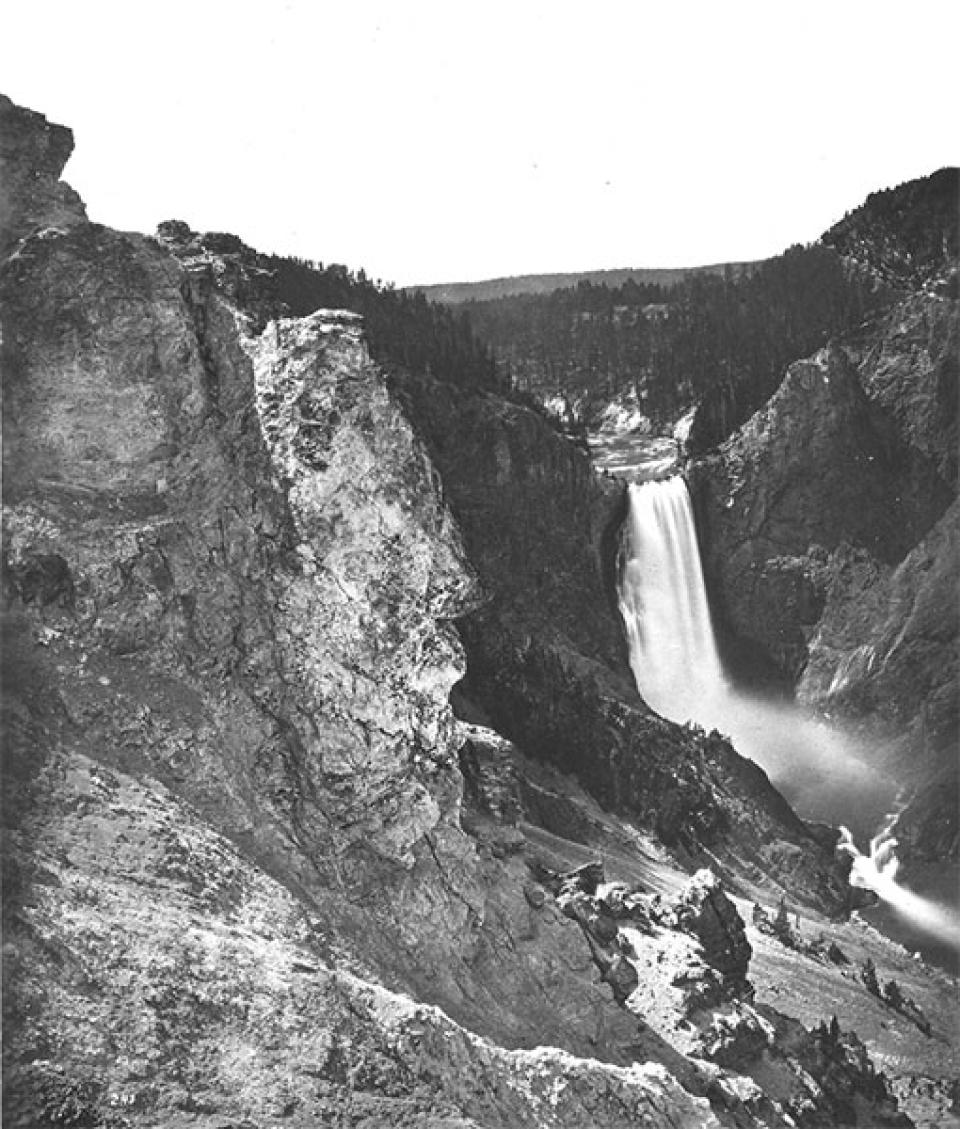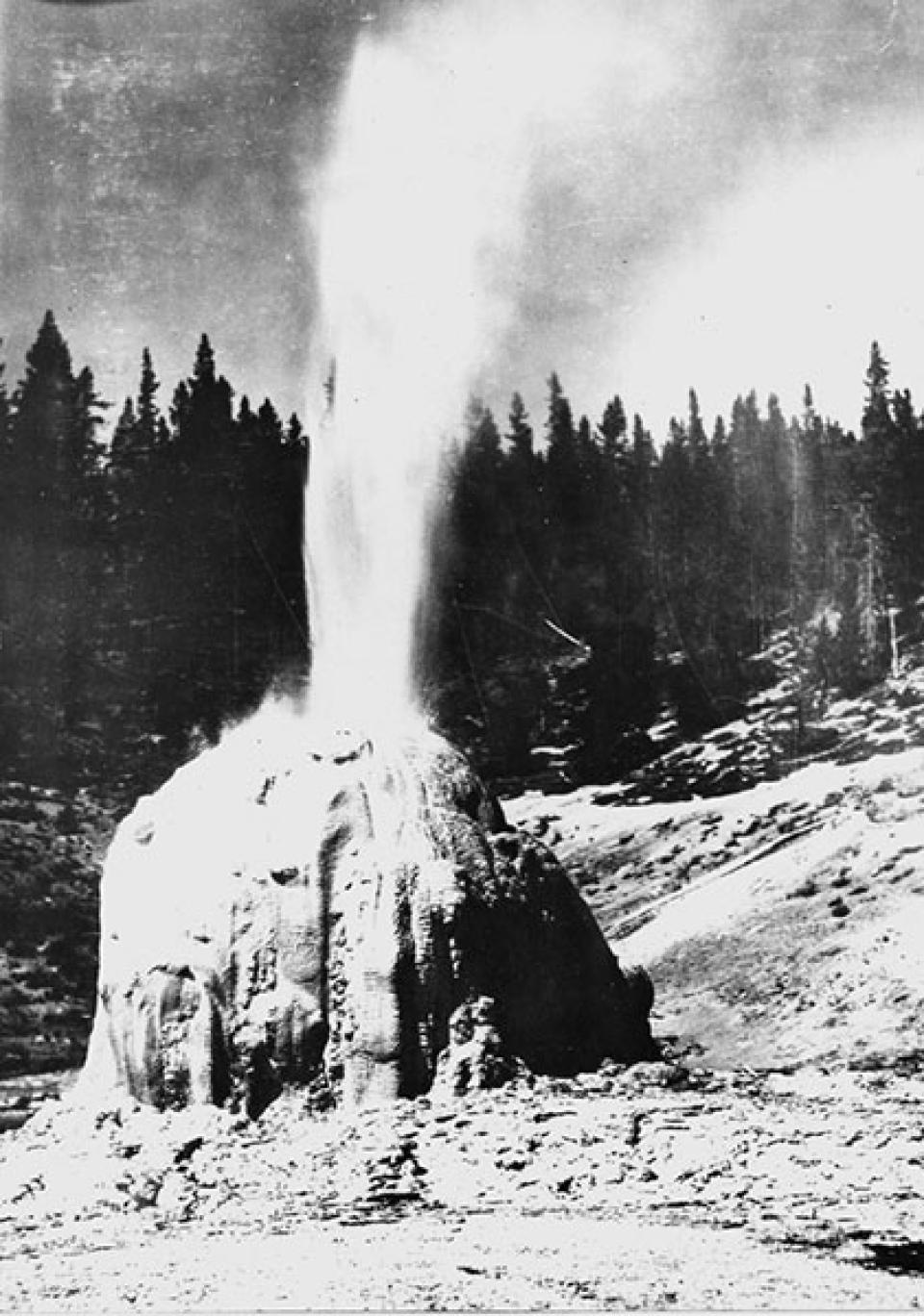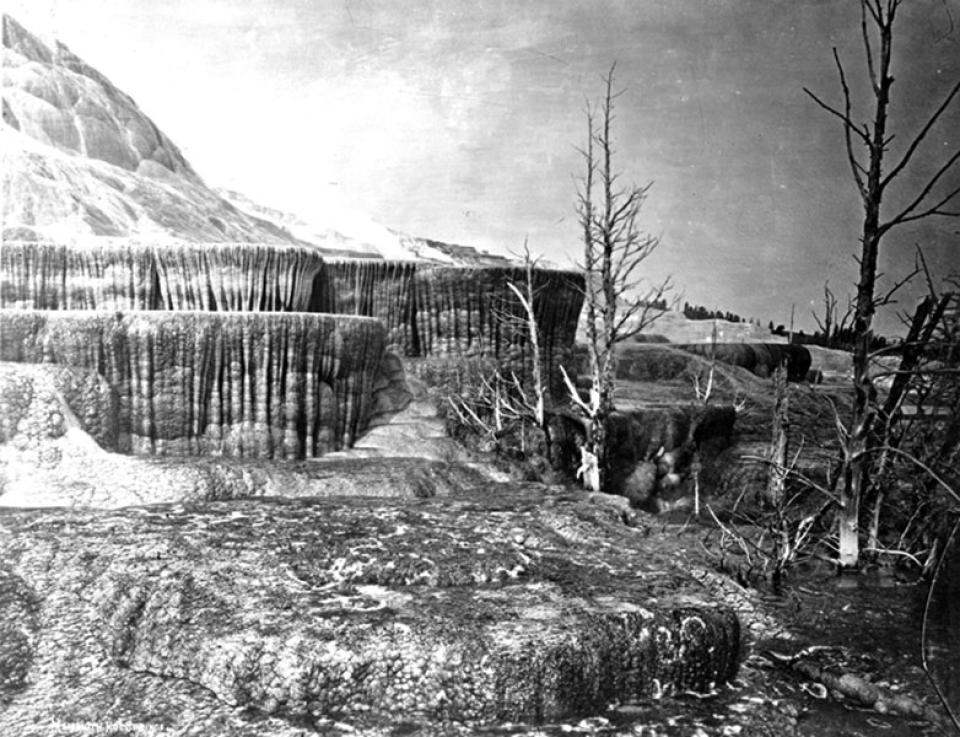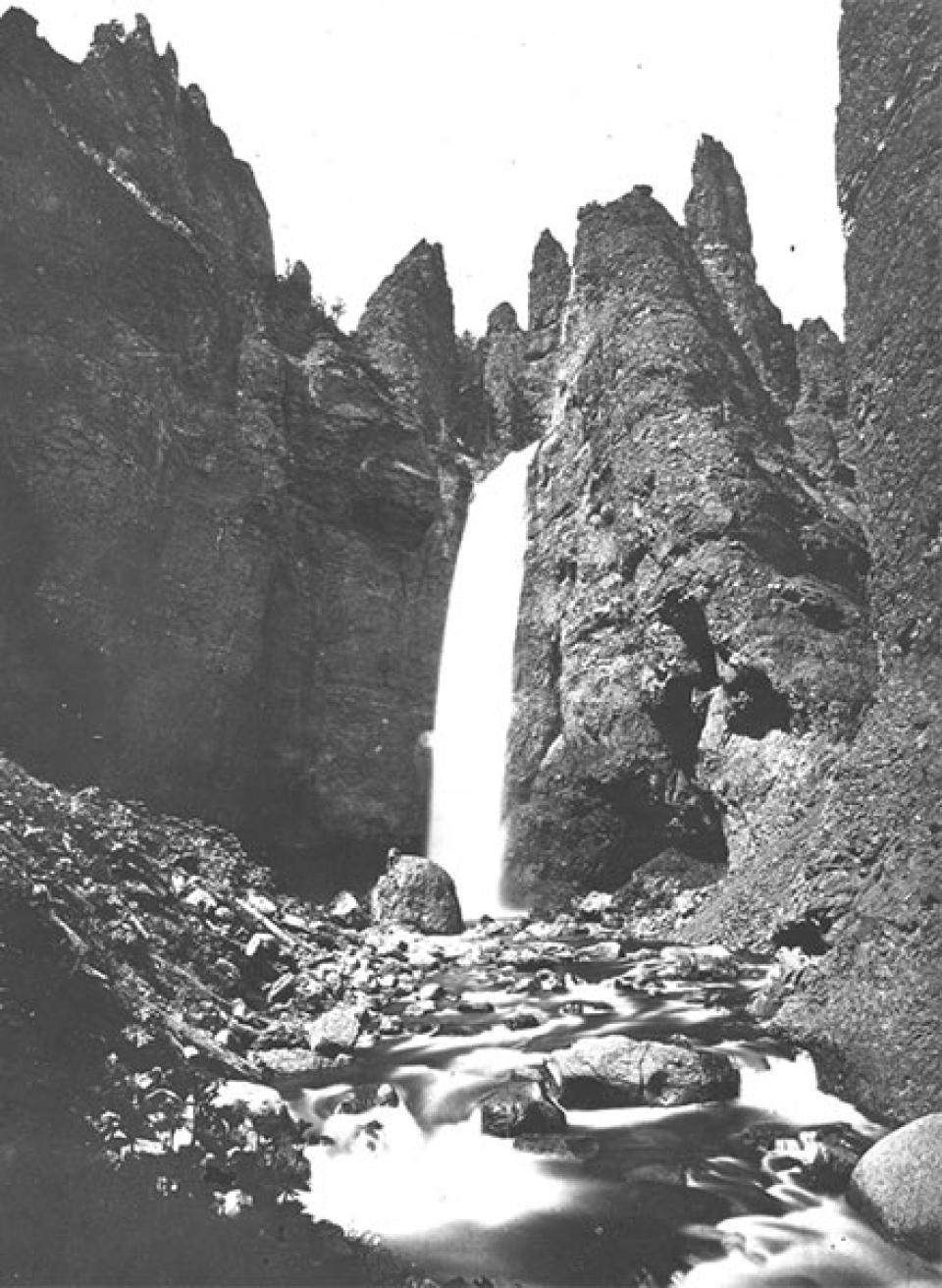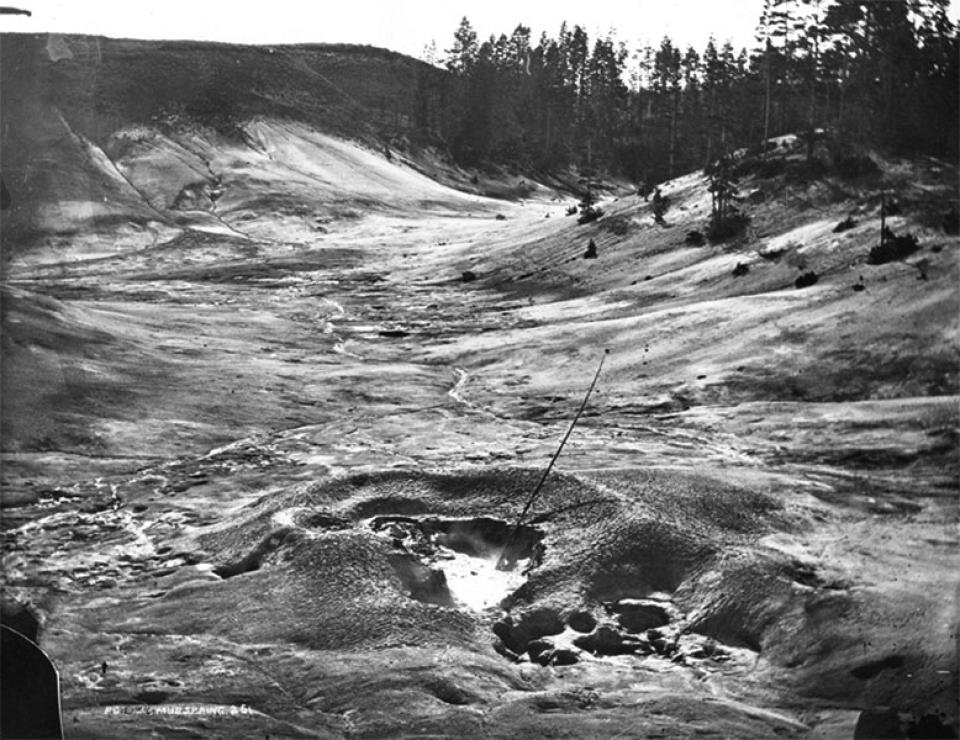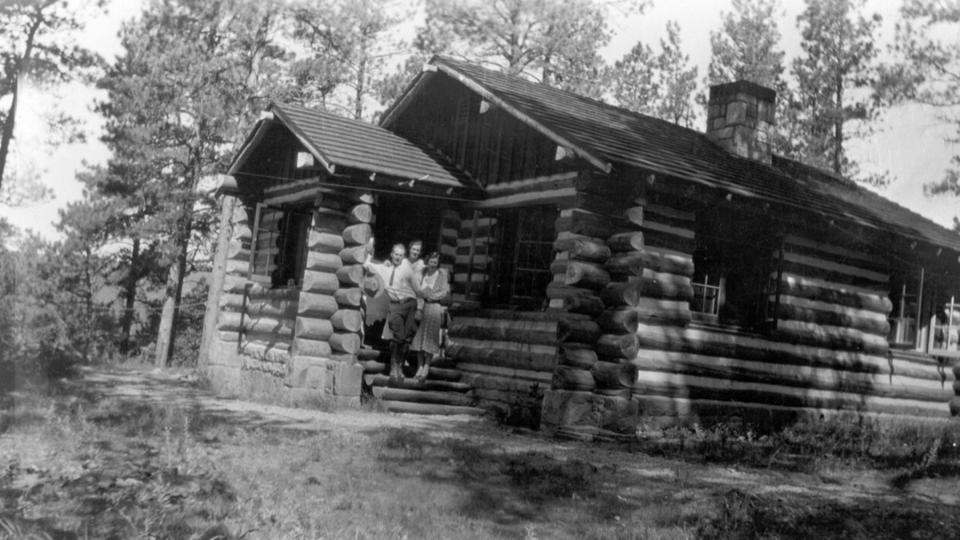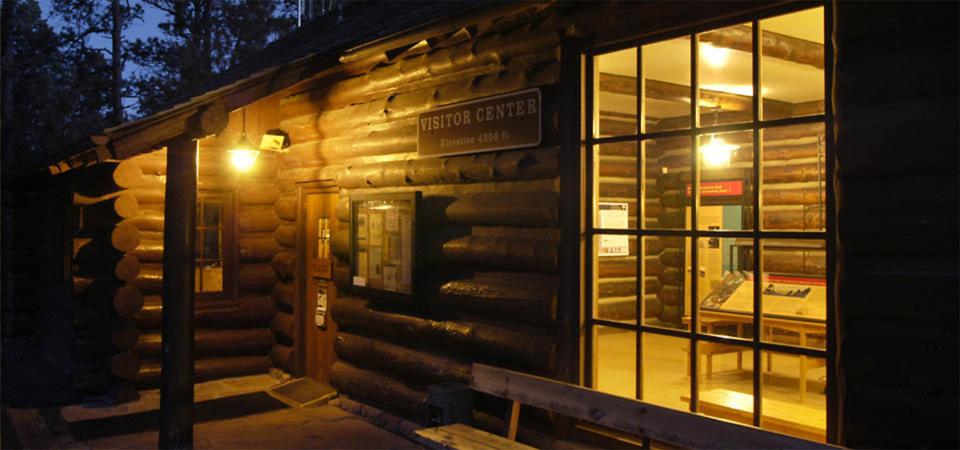Since before Wyoming paved its roads, travelers have enjoyed the route between the Black Hills and Yellowstone National Park for its spectacular scenery — and its history.
Here are some stops that will allow the tourist to become a time traveler, too—from prehistoric eras through the colorful 1800s to the present.
Use the QR codes on the following pages with your mobile phone or tablet or visit www.wyohistory.org/ yellowstone for in-depth articles, maps, directions and photo galleries— all with info on these historic sites and landmarks.


